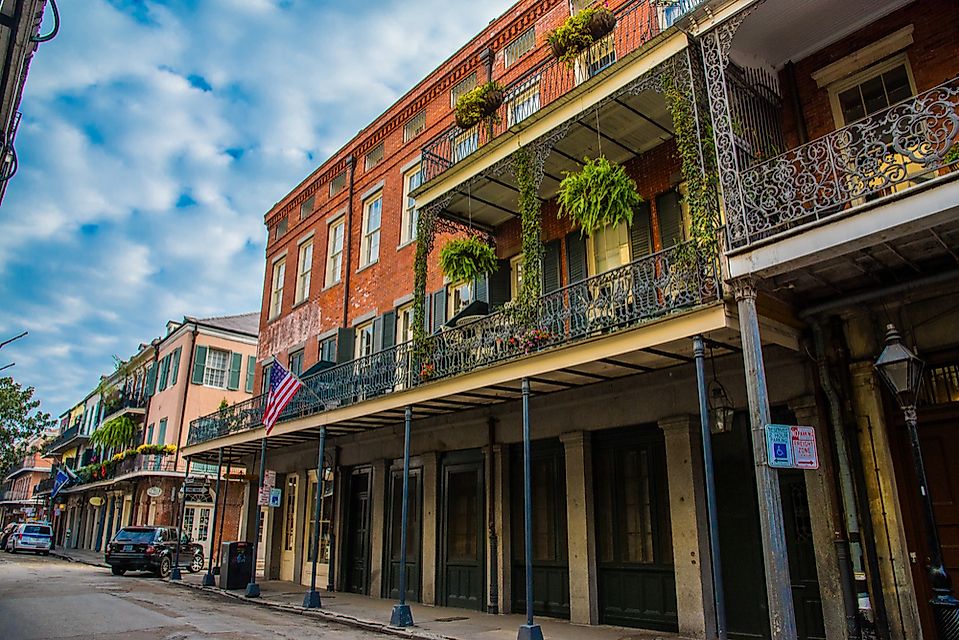What Is A Creole Language?

A creole language is born out of a mixture of several various languages. The language is stable and natural, and it possesses a completely developed system of grammar as well as vocabulary. Nearly one hundred creoles have developed since 1500, most of which are based on European languages including Spanish, English, Portuguese, as well as French.
A Brief Overview
A creole develops from a pidgin language which after it is developed by adults, is adopted by their children as their indigenous language. This process is called nativization. The bulk of the currently-known creoles were developed in the last 500 years due to European colonization. Most of the creoles which took root in European colonies are now extinct because of stigmatization. Academic and political shifts in the recent years have led to the improvement of the status of creoles. Many creoles have in turn attained semi-official or official status in specific political territories. Some scholars have pointed out that pidgins and creoles arise independently of one another.
History
The origin of the word creole can be traced to the Latin word "creare" which means to produce or create. The particular sense of the word arose in the 16th and 17th centuries as the vast expansion of European maritime trade and power resulted in the creation of European colonies. The words crioulo and criollo were initially qualifiers used to differentiate between the individuals of an ethnic group who grew up locally from those people who immigrated as adults in the Portuguese and Spanish colonies. The terms and their various derivatives were subsequently adopted as the name of the numerous different ethnic groups which arose from immigrant communities. The term "creole language" was initially used to refer to the languages of any of the creole societies.
Geographic Distribution Of Creole Languages
The colonial European trade patterns facilitated the development of European-based creoles in coastal regions of the world's equatorial belt including western Africa, Southeast Asia, the Americas, and Goa in western India. Although most of those languages are extinct, some are still in use in Australia, the eastern and northern coasts of South America, the Caribbean, western Africa, and in the Indian Ocean. The creole languages of the Indian Ocean also have elements of Malagasy and probably other Asian languages. The Atlantic Creole languages have African and Amerindian elements. Some creoles such as Sango and Nubi are based on non-European languages.
Examples Of Creole Languages
Jamaican Creole arose in the 17th century when Central and Western African enslaved people learned and subsequently nativized the varants of English language spoken by their slaveholders namely Hiberno-English, British English, and Scots. The language, also called Jamaican Patois, has over three million speakers and it is the primary spoken form of language in Jamaica. The Krio language is used by 97% of the population of Sierra Leone. The language is indigenous to Krios, which was a society of nearly 300,000 descendants of former enslaved people freed from Great Britain, the West Indies, and the US. The language has been adopted as a second language by the rest of the population from different native tribes. Krio is yet to be accorded official status in Sierra Leone.











